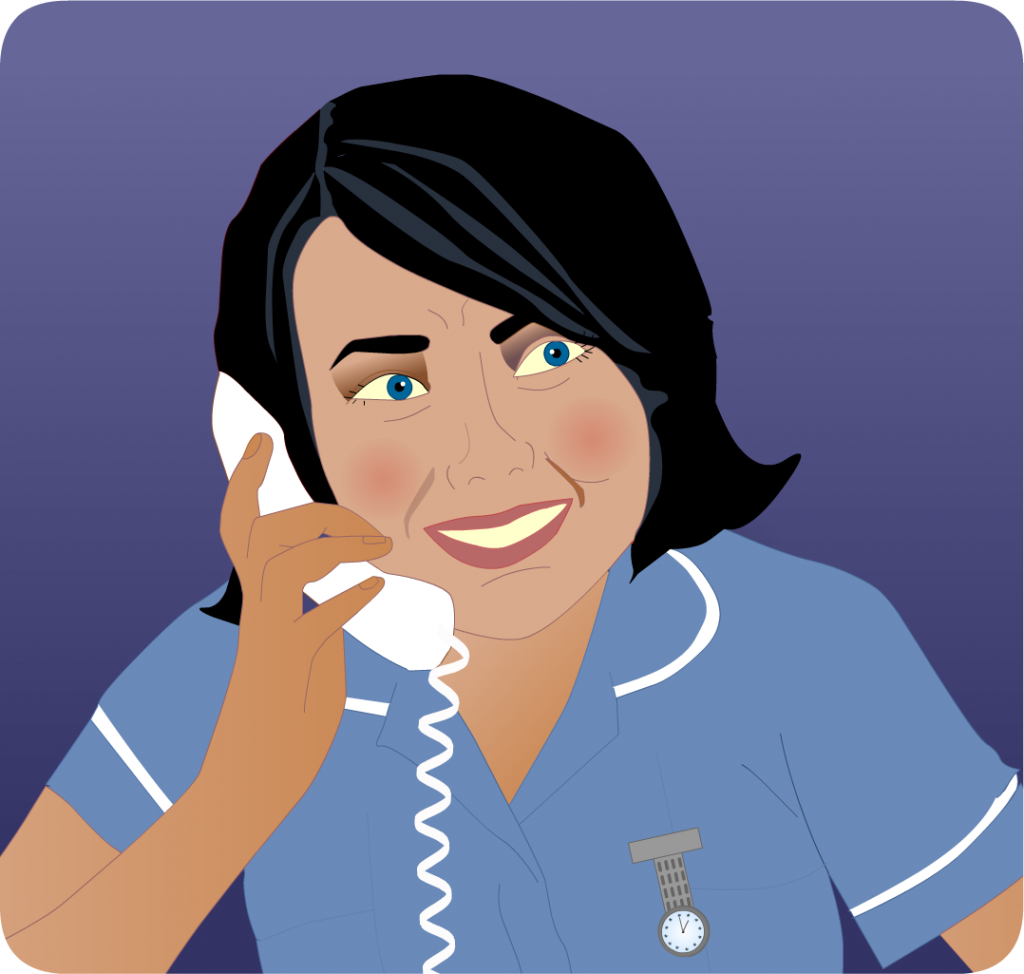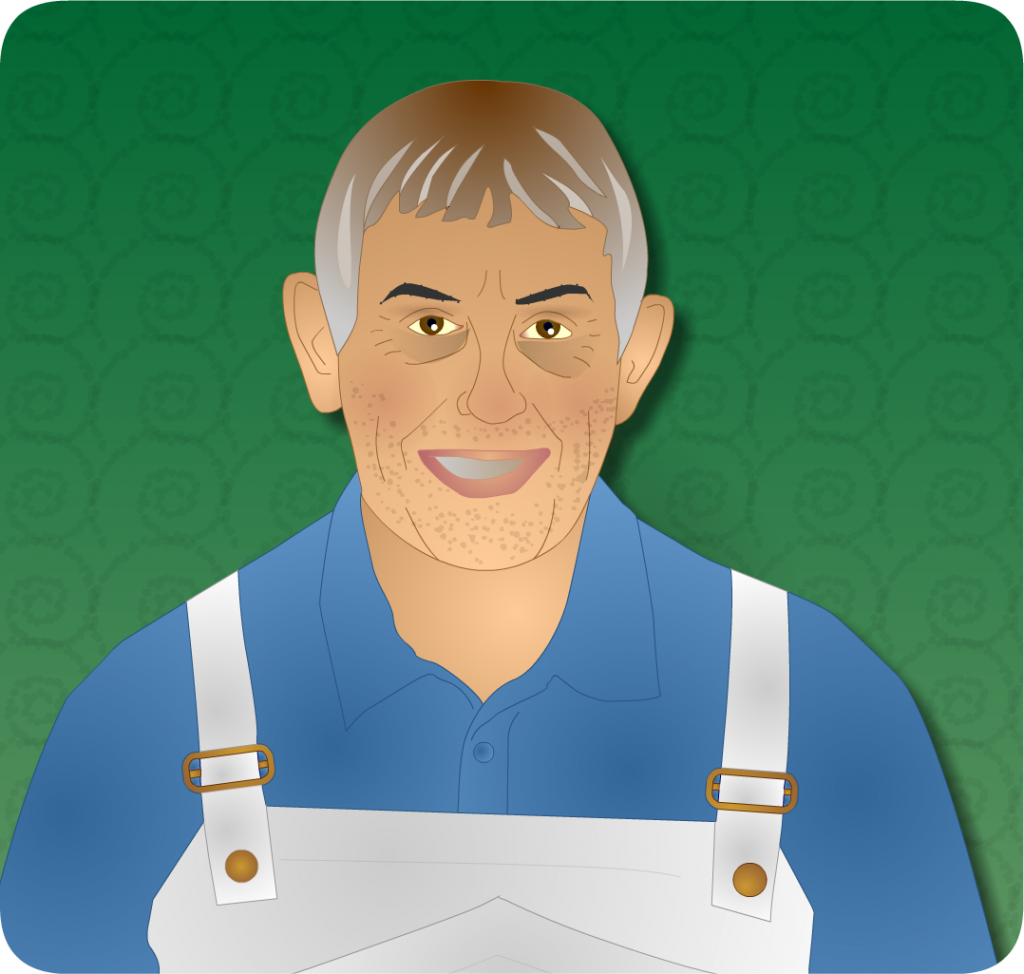The orthoptist takes a detailed visual history from Peter and considers the following potential diagnoses:
- Double vision (diplopia) can cause a person to see two images of the same object. There are two main types of diplopia – monocular or binocular. Binocular double vision affects both eyes. If either eye is covered, the double vision stops. Monocular double vision affects only one eye – if the other eye is covered, the double vision continues. It is quite rare. Stroke survivors who experience double vision may not always report it.
- Eye muscle imbalance problems can cause the eyes to be misaligned and prevent them from working well together as a pair (impaired binocular single vision). Muscle imbalance problems can cause the eye to be unnaturally deviated either horizontally or vertically. Changes in eye balance can occur as a result of changes in glasses prescription, tiredness or a deterioration in general health and can cause people to report blurred vision, double vision or eyestrain/headaches. Prolonged eye muscle imbalance problems can lead to a visible squint or defective 3D vision (stereoacuity).
- Defective eye movements can result in the eyes being poorly co-ordinated and can occur for a variety of reasons e.g. multiple sclerosis or stroke. Defective eye movements can have a detrimental effect upon every day activities such as reading or walking. This can result in difficulties with comfortable co-ordination of the eyes during close work activities or balance issues when mobilising. They are often difficult for people to describe and for clinicians to identify but if present, can be very debilitating.
- Lost or incorrect glasses can often give the impression that a patient has visual problems after stroke. It is important to know if the patient wears glasses (for distance or reading) and if their prescription is current. The correct spectacle prescription is a useful way of ruling out some other visual problems.
The orthoptist decides that Peter needs an assessment of his eye movement systems and reading.
Local orthoptic or optometry departments should be contacted for visual assessment or for advice about visual assessment when required.
Where Peter lives there is an established orthoptic stroke service and he is referred to this team.
Physically, Peter is managing fine at home and his grandson comes to visit as usual. Peter feels he is struggling to read but is not sure why. When Sean asks him to read him a story Peter is reluctant to do this as he has lost confidence.
Sadie speaks to Peter about this and he admits that he is having problems reading as he seems to be missing bits of the text. He says that he feels embarrassed about this; Sadie suggests that he speaks to the stroke nurse when she visits.

Peter was admitted late on Friday night to the acute stroke unit from A&E. On the stroke unit he was reviewed by the stroke consultant and nursing staff and was found to have only a mild weakness in his arm.
Following his CT scan Peter is told that he has had a stroke affecting the frontal areas of his brain.
Peter’s overnight medical observations were unremarkable.
It is now Sunday morning and Peter’s wife Sadie has called the ward to ask how Peter is doing. The nurse tells her that Peter is doing very well. She says that this morning he got up, got washed and dressed himself without assistance. She tells Sadie that Peter’s tests have been completed, that his symptoms have all resolved and that the ward are happy for him to go home today.


Peter is a 61-year old man who is a self employed painter and decorator. He lives with his wife, he has two grown-up sons who have left home. The focus of his life is very much his 5-year old grandson Sean. In particular, they love to read stories together.
At work, Peter noticed he was dropping his paintbrush a lot, and decided to go home early. He told his wife what had happened and having recently seen the FAST Campaign she dials 999.
After 6 weeks stay on the stroke unit, Pamela achieves her goal to be able to return home to live with Derek.
She still has some problems with daily living tasks but manages these using strategies she has learned on the stroke unit. Her ability to feed herself has improved and Pamela has regained 1kg of weight as a result of this.
She has worked with the community therapist towards her goal of going lawn bowling with Derek but has not returned to doing this competitively.
See how Derek can help Pamela (for more information on Agnosia see Stroke4Carers Agnosia video)




